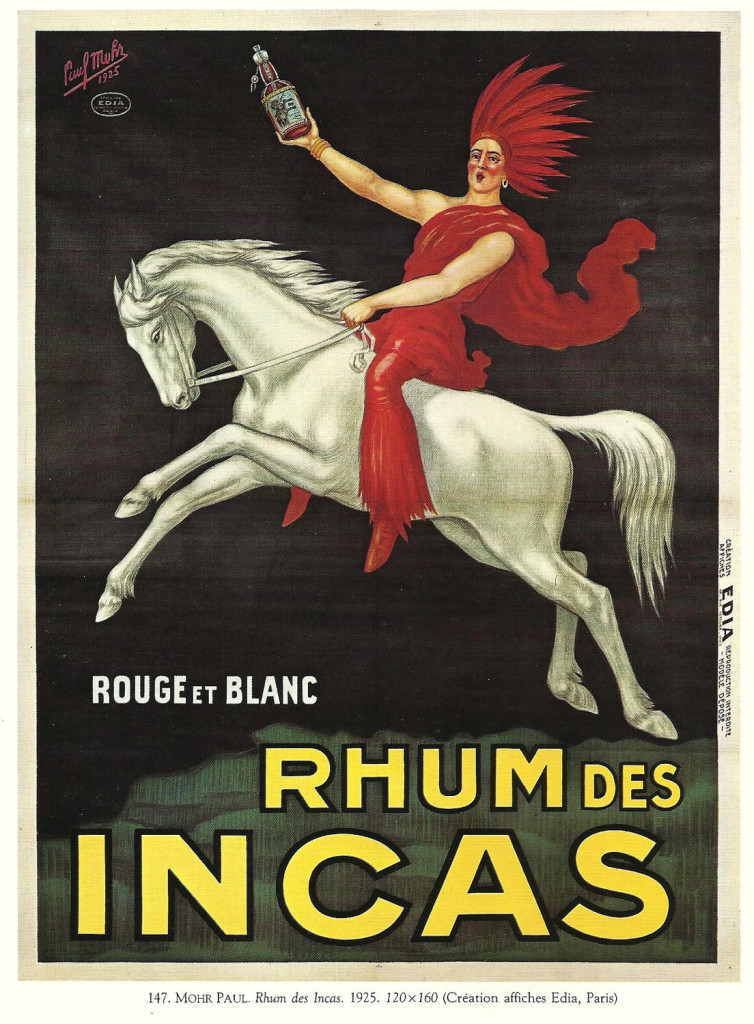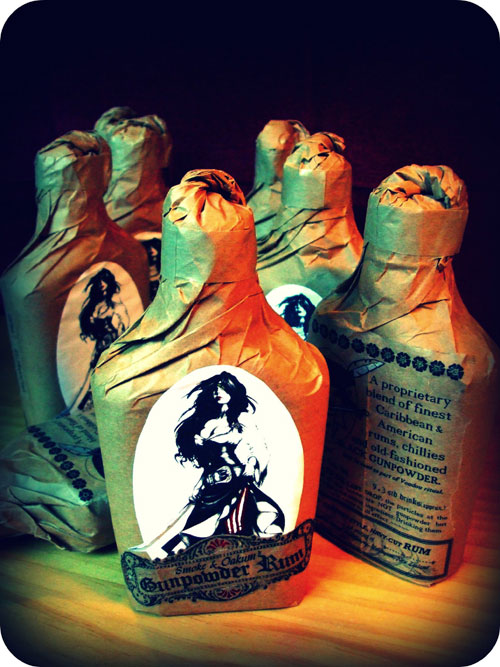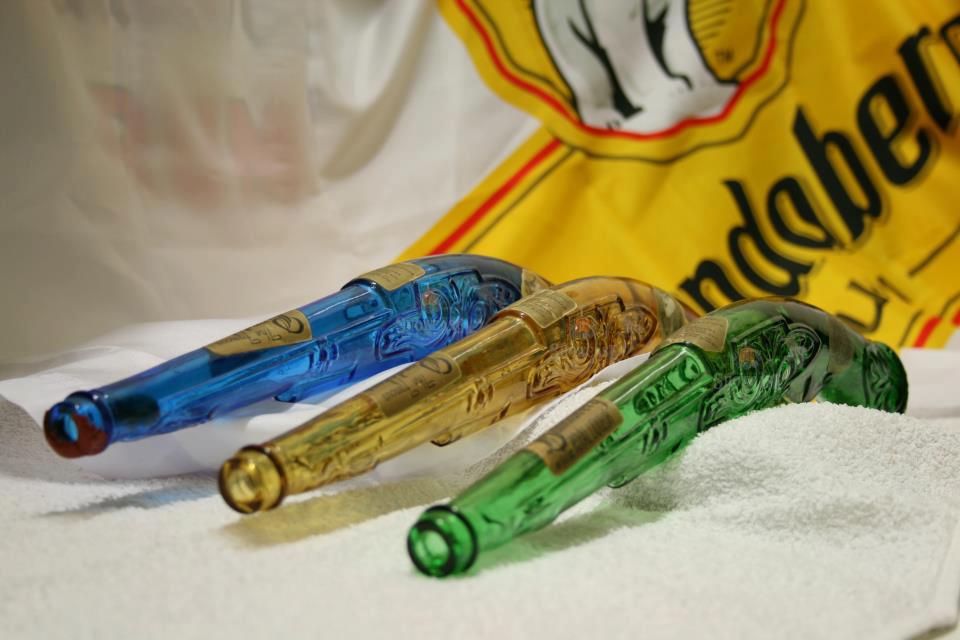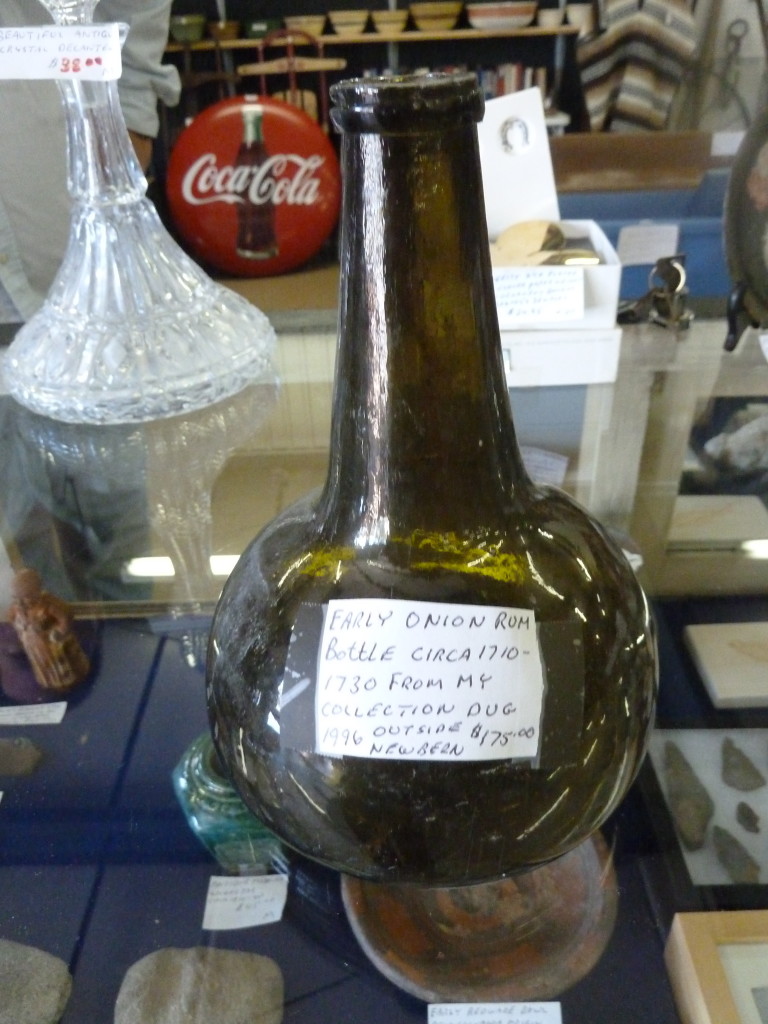Originally posted 13 September 2014
It is always a delight to find old recipes that are easy to follow, and a rarity to find one that has been annotated by a contemporary who has actually used it. One of the prized examples is from the Receipt Book of Harriott Pinckney Horry, a plantation owner who made copious notes about her kitchen experiments in South Carolina in 1770. One of her recipes is for rum shrub, a popular hot weather refresher. She starts by transcribing a neighbor’s recipe:
To every Gallon of Rum put one Quart of Juice and two pounds of the best double refined Sugar. Shake the Shrub every day for two Months, and let it settle once more, then draw it off for use. The Vessel should be kept close cork’d during the whole process, and to every hundred of Oranges put twenty-five Lemons. To make your Shrub fine all the Materials should be the best.
In the margin of this recipe, Harriott wrote,
“I think the following receipt better. To one Gallon old rum add 5 pints Juice and 3 1/2 pounds Sugar.”
A modern recreation of this recipe might use a higher proportion of lemons, since the strains of oranges available in 1770 were much less sweet than modern oranges, but it is a tasty drink exactly as described. You can also make shrub using tart berry juices like raspberry, or even strawberry juice, but need to reduce the sugar content to have the right balance between tart and sweet. Start now and those of you in the Northern Hemisphere will have something delightful to serve your guests before the summer heat has entirely vanished.





